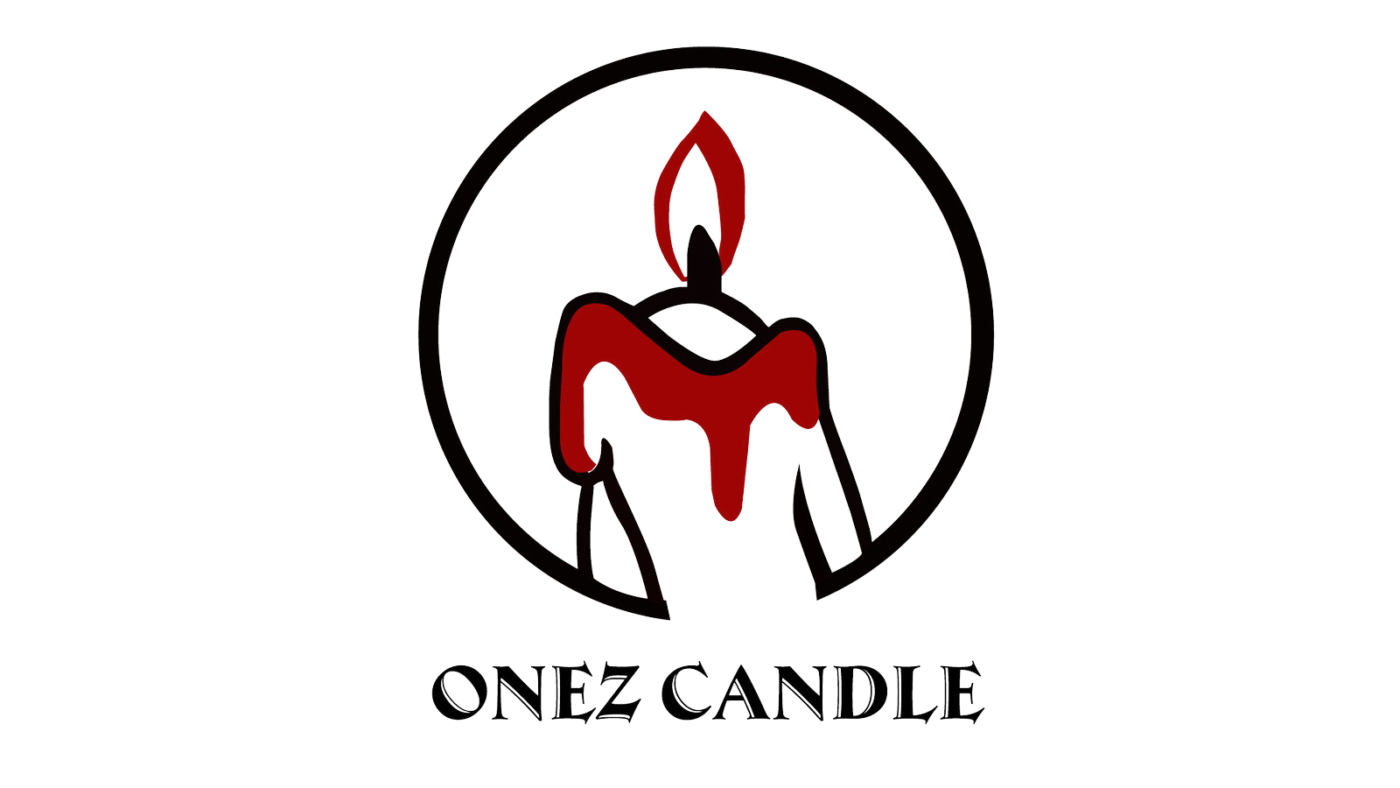Bookkeeping
Interest Tax Shield What Is It, Formula, Example, Benefits

Let’s consider a practical example to see how a tax shield works in real life. Imagine a small business that invests in machinery for production purposes. The cost of the machinery is $50,000, and it has an expected tax shield useful life of 10 years. Assuming a straight-line depreciation method, the business can deduct $5,000 ($50,000 divided by 10) from its taxable income each year for ten years as a depreciation expense.

Cross-country evidence on the relation between capital gains taxes, risk, and expected returns
This ensures constant leverage and therefore a constant cost of equity in the terminal period. In the interactive model below, we demonstrate how the three approaches to DCF work, and how to consistently deal with financial leverage and the value of the debt interest tax shield. Try different scenarios by changing the blue model input figures and observe how all three approaches always produce the same value.

Do taxes affect corporate debt policy? evidence from u.s. corporate tax return data
They found that the impact of several firm-specific factors (tangibility, company size, growth and profitability) on cross-country capital structure is significant and consistent with conventional theories. Market values better reflect the current value and stock market volatility, nevertheless unreliability of market values highlighted particularly during the financial crisis of 2009. As we demonstrate in the model above, each method should always give the same result when done correctly.
Does residual state ownership increase stock return volatility? Evidence from China’s secondary privatization
- The company can also acquire the equipment on lease rental basis for $15,000 per annum, payable at the end of each year for three years.
- Market values better reflect the current value and stock market volatility, nevertheless unreliability of market values highlighted particularly during the financial crisis of 2009.
- More specifically, Fernández proves that the value of tax shields in a world with no leverage cost is the tax rate times the current debt, plus the tax rate times the present value of the net increases of debt.
- Last component of the business value (financial effect) is positive if the required return on equity is higher than the cost of debt and vice versa.
Each of these factors is influenced by other microeconomic and macroeconomic factors. The value of debt determines the capital structure of company and one of the primary objectives is to optimize it. In terms of developed and emerging markets, there are different determinants of capital structure.

When to Use NPV vs. APV
An interest tax shield is a tax-saving technique company uses from their debt interest payments. It is one of the tax shielding options available to businesses and is also known as a corporate tax incentive for debt. However, the interest here pertains to the interest payments, not the interest income, as most companies consider interest payments deductible expenses.
3. Tax shield valuation theories if market leverage ratio is constant
The debt tax shield in general equilibrium
Calculating and analysing the drivers of Equity Beta

- Also called free cash flow to the firm (FCFF), enterprise FCF is the cash generated by operating activities, after deducting any reinvestment in operating assets.
- Section 3 is focused on tax shield models when book value of debt is assumed.
- However, the interest here pertains to the interest payments, not the interest income, as most companies consider interest payments deductible expenses.
- Worldwide in recent years, the volume of leveraged buyouts and management buyouts (MBOs) has increased.
- This works in the opposite way to dividend payments, which are not tax-deductible.
